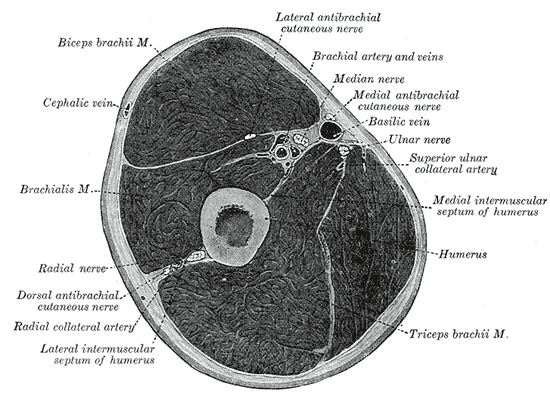–interview by Diana Clarke
Is it too much to say that Jenny Xie’s story “Wendy Beside Herself,” Wendy finds herself even as she loses her own arm? Of course it is. Wendy doesn’t find herself—none of us ever do. But, in Jenny’s words, “our remembrance of loss is an acceptance of that fissure; it becomes a part of our architecture.” The search, the gaps, is all there is.
1. The opening line of “Wendy Beside Herself” does such interesting things with time. By writing “Three years after Wendy Tsai loses her right arm…” you situate the reader in a present informed by loss. Before we know anything about Wendy, we know what she is missing—and even though the loss happened three years ago, the news of it is delivered in the present tense. How do losses shift and change with age? How do we integrate them into our sense of self?
There’s an element of traumatic loss that always remains incomprehensible. I think it’s our tendency to return to a moment of loss in an attempt to understand it, but it’s an intellectual and emotional orbiting that never really brings us closure. As we change and age, our remembrance of loss is an acceptance of that fissure; it becomes a part of our architecture.
2. Just looking at your story, I was struck by the form, the em-dashed dialogue tags rather than more standard quotation marks. That formatting made each piece of speech visually startling, an upset to the urgent, visual descriptions in the rest of the piece. What inspired you to shape dialogue in that way? Continue reading
![[PANK]](https://pankmagazine.com/wp-content/themes/pank/assets/images/pank-logo-large.png)

